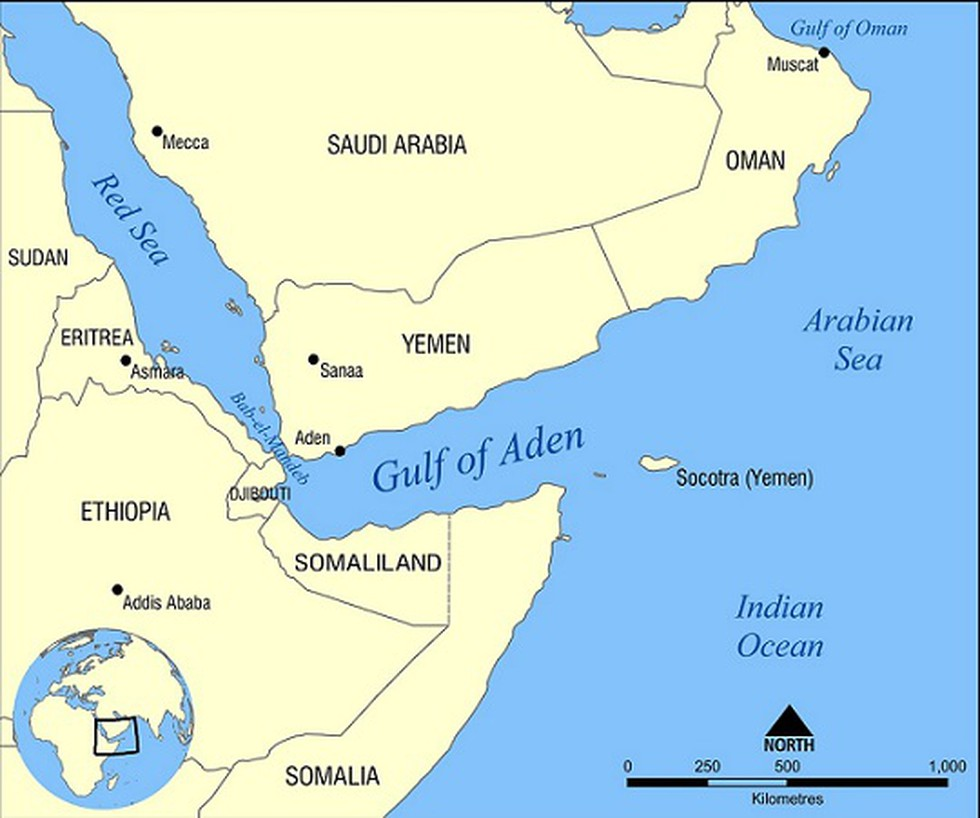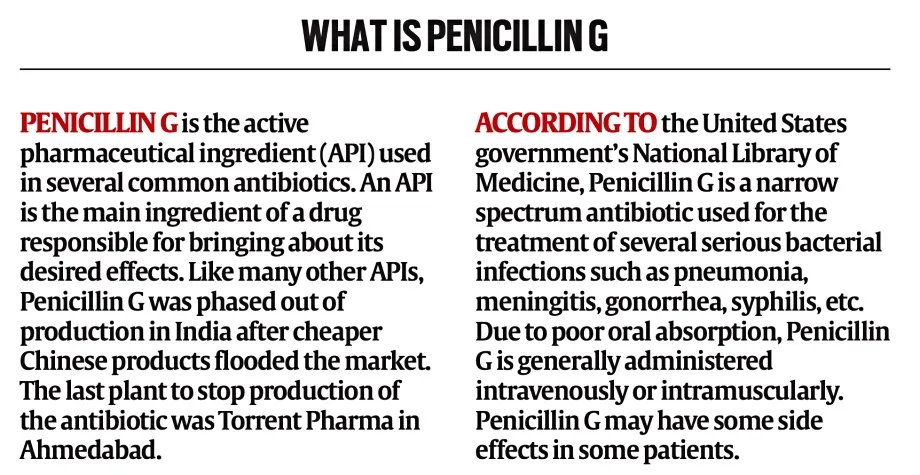Table of Contents
SC to consider contempt plea Against SBI
Context: The Supreme Court indicated the intention to review a contempt petition against SBI Chairman Dinesh Kumar Khera for requesting an extension to June 30 to disclose electoral bond details from April 2019 for anonymous political donations.
More in News
- The contempt action was initiated by the Association for Democratic Reforms (ADR) and Common Cause following the Supreme Court’s directive to SBI to provide electoral bond sale details to the Election Commission by March 6, after invalidating the scheme.
What is the Contempt Of Court?
- Contempt of court is a legal provision to safeguard judicial institutions from undue attacks and preserve their authority.
- Constitutional and Statutory Provisions:
- The Constitution restricts freedom of speech under Article 19(2) to include contempt of court.
- Articles 129 and 215 grant the Supreme Court and the High Courts the power to punish contempts of themselves.
- The Contempt of Courts Act, 1971, provides a statutory basis for contempt proceedings.
- Types of Contempt of Court
- Civil Contempt: Defined as the intentional disregard of court orders or breaching a commitment made to the court.
- Criminal Contempt: Constitutes actions or publications that denigrate the authority of the courts, interfere with judicial proceedings, or obstruct justice.
- Exceptions and Defences:
- Fair and objective reporting on judicial proceedings does not constitute contempt.
- Constructive criticism of judicial orders, post-adjudication, is allowed.
- Punishment for Contempt
- Penalties Under the Act of 1971: Contempt can lead to a maximum of six months imprisonment, a fine of Rs 2,000, or both.
- 2006 Amendment:
- “Truth and good faith” was introduced as a valid defence in contempt cases.
- Punishment is applicable only if the contemptuous act significantly disrupts the course of justice.
Political Funding
Context: Association for Democratic Reforms (ADR) reported that 60% of political funding comes from “unknown” sources, including electoral bonds.
More In News
- Financial Analysis: ADR’s analysis of audit reports and statements to the Election Commission shows that, from FY 2004-05 to 2022-23, six national parties received ₹19,083.08 crore from untraceable sources.
- Donation Disclosure Threshold: Parties are not mandated to disclose donors contributing under ₹20,000, leading to a lack of transparency for the majority of funds.
- Recent Income Reports: For FY 2022-23, national parties reported ₹3,076.88 crore in income, with ₹1,832.87 crore (over 59%) from unknown sources.
- Electoral Bonds’ Share: Out of the income from undisclosed sources, ₹1,510.61 crore, accounting for 82.42%, was via electoral bonds.
- BJP’s Funding: The BJP reported the highest income from unknown sources at ₹1,400.23 crore in 2022-23, which is 76.39% of all national parties’ undeclared income.
- Congress’ Earnings: The Congress declared ₹315.11 crore from unknown sources, standing at 17.19% of the total undisclosed funds among national parties.
- Other Parties’ Finances: The report includes funds received by the Communist Party of India (Marxist), Bahujan Samaj Party, Aam Aadmi Party, and the National People’s Party.
INS Kolkata assists vessels in Gulf of Aden
Context: Indian Navy’s INS Kolkata rescued 21 crew members after two maritime attacks near Gulf of Aden.
About Gulf of Aden

- Naming: Takes its name from the Yemeni port city of Aden.
- Geographical Position: Lies as the Indian Ocean’s arm, flanked by the Arabian Peninsula and the Horn of Africa.
- Surrounding Regions: Somali and the Socotra Islands to the south, Yemen to the north, the Arabian Sea to the east, and Djibouti to the west.
- Maritime Passages: Linked to the Red Sea by the Strait of Bab el Mandeb and to the Somali Sea by the Guardafui Channel.
- Strategic Waterway: Serves as a navigational channel from the Red Sea to the Arabian Sea.
- Principal Ports: Includes the ports of Aden, Mukalla, Ahwar, Balhaf in Yemen; Berbera and Bosaso in Somalia; and Djibouti City.
- Security Concerns: Notorious for piracy, terrorism, and smuggling activities in recent years.
- Economic Significance: A vital segment of the Suez Canal maritime route, facilitating commerce between the Mediterranean Sea and the Indian Ocean, with a significant number of annual ship transits.
India to manufacture Penicillin G
Context: India is set to resume production of the essential antibiotic Penicillin G after a 30-year hiatus.
Antibiotic Penicillin G: An Overview

Why India Stopped Manufacturing Penicillin G
- Subsidised Chinese Imports: Cheaper Chinese products flooded the Indian market, driving domestic manufacturers out of business.
- Last plant to shut down: Torrent Pharma (Ahmedabad) in the 1990s.
- Reason: Couldn’t compete with significantly lower Chinese prices.
- Shift in Focus: India prioritised finished formulations over APIs (Active Pharmaceutical Ingredients).
- Cheaper Chinese APIs became attractive, especially during economic opening and relaxed customs rules.
- Drug price controls incentivized use of cheaper imports (e.g., paracetamol – Rs. 800/kg from India vs Rs. 400/kg from China).
- Many Indian API manufacturers shifted to producing for their own formulations or stopped altogether.
Why Restarting Production Took Time
- Reduced Need: With readily available cheap alternatives, restarting domestic production wasn’t a priority.
- The pandemic exposed supply chain vulnerabilities, highlighting the need for self-reliance.
- High Initial Costs: Setting up a fermentation-based API plant like Penicillin G is expensive.
- Requires significant capital investment with slow return on investment (several years to break even).
- Established Chinese Competition: China has become a major API supplier over the past 3 decades.
- Competing on price requires substantial investment in larger facilities.
Impact of PLI Schemes (Production Linked Incentive)
- Early Signs of Reduced Imports: Launched during the pandemic, PLI schemes seem to be working.
- API imports have declined (e.g., paracetamol imports halved since pre-pandemic).
- Long-Term Goal: Rebuilding API manufacturing capacity is a long-term project.
- India currently imports 90% of its antibiotic APIs and nearly 70% of all APIs.
- PLI schemes offer incentives for domestic production (20% for initial years on fermentation-based drugs).
We’re now on WhatsApp. Click to Join
Examples, Case Studies and Data Points For Value Edition
- Caste Based Discrimination (GS 1, GS 2): A judge of the Madras High Court observes that while the caste system has existed for a long time, the recent violence associated with caste might be due to the government offering benefits based on caste.
- This suggests that the blame shouldn’t fall solely on the ancient caste system but also on how the government reinforces caste divisions through its policies.


 Utkal Divas 2025: Odisha Foundation Day ...
Utkal Divas 2025: Odisha Foundation Day ...
 List of Military Exercises of India 2024...
List of Military Exercises of India 2024...
 GPS Spoofing and Its Impact in India: A ...
GPS Spoofing and Its Impact in India: A ...





















